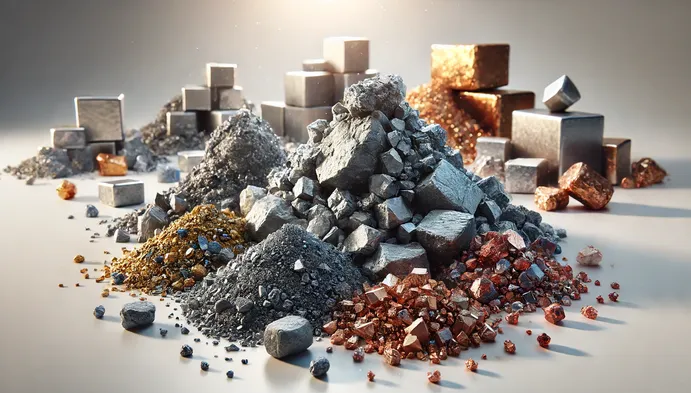Rare earth minerals, a group of 17 metallic elements essential for modern technologies, have become a strategic asset in the 21st century. From smartphones and electric vehicles to wind turbines and military equipment, rare earths are critical. China’s dominance over the global rare earth minerals supply chain has raised both economic and geopolitical concerns. This article explores how China gained control over this vital industry and the implications for the rest of the world.
Early Development and Strategic Vision:
China’s journey to rare earth supremacy began in the 1980s, when Deng Xiaoping’s economic reforms emphasized the importance of securing strategic resources. Recognizing the potential of rare earths in advanced technologies, China invested heavily in mining, processing, and research. By the 1990s, the government prioritized rare earths as a key strategic sector, providing subsidies and regulatory support to domestic producers.
Resource Abundance and Low Production Costs:
China has significant reserves of rare earth minerals, particularly in Inner Mongolia’s Bayan Obo mine, which holds the world’s largest deposit. Coupled with low labor costs and lenient environmental regulations, China’s production costs were much lower than those of Western counterparts. This allowed Chinese firms to undercut global competition, driving many rare earth producers in the US and elsewhere out of business.
Technological Control and Export Dominance:
Beyond mining, China invested in processing technologies that refined rare earths into usable forms. Processing rare earths is a complex and environmentally challenging task, and China developed advanced refining techniques that other countries struggled to match. As a result, China soon controlled nearly all rare earth processing capacity globally.
Throughout the 2000s, China tightened export quotas to maintain its dominance. By restricting exports and setting lower domestic prices, China ensured that downstream industries—like magnet and battery production—relocated to China to access cheaper rare earths. This deepened its control over the entire supply chain.
Impact and Global Concerns:
Today, China produces over 60% of the world’s rare earths and controls more than 85% of processing capacity. This monopoly has profound implications. Western countries and Japan have faced supply vulnerabilities, especially during trade tensions when China hinted at or imposed export restrictions.
In response, countries like the US, Australia, and the EU are working to revive their rare earth industries, invest in alternative sources, and develop recycling technologies. However, replicating China’s decades-long head start and processing expertise is a daunting task.

